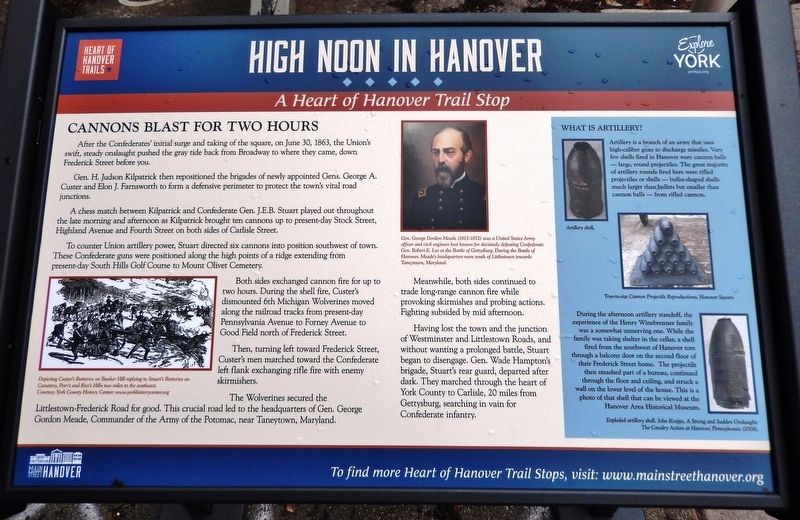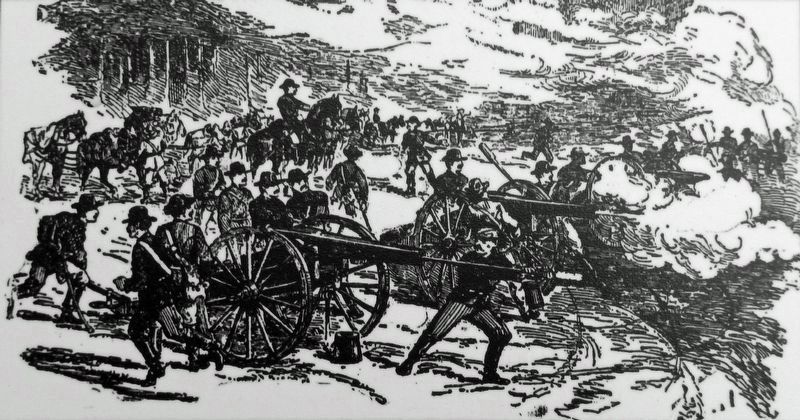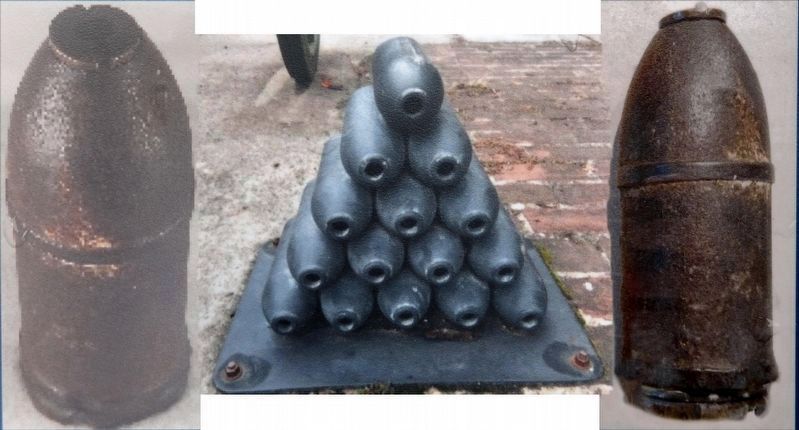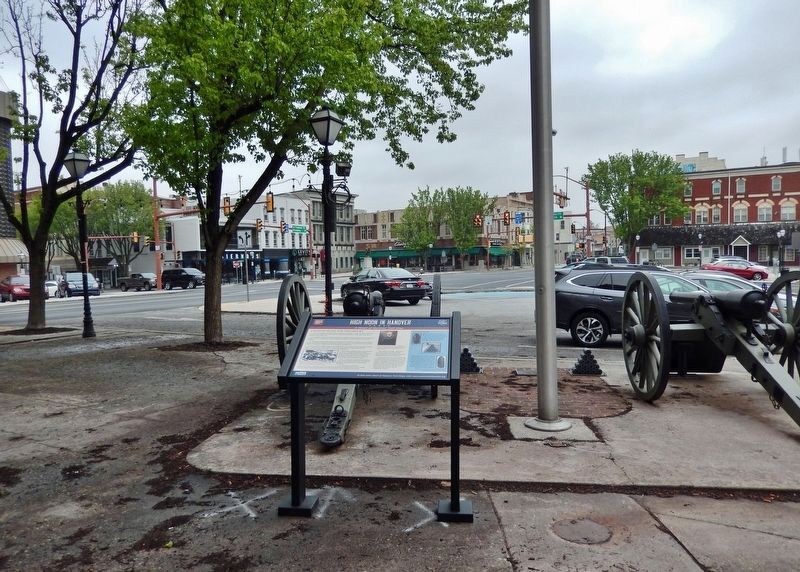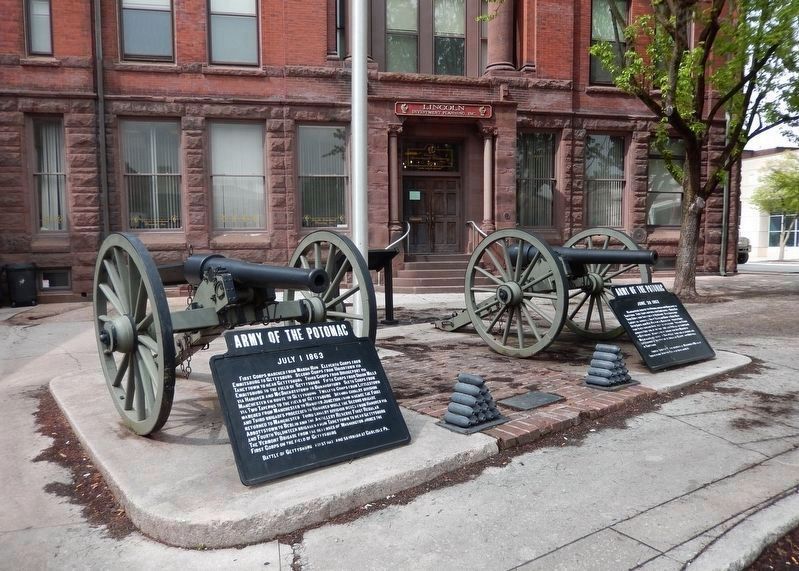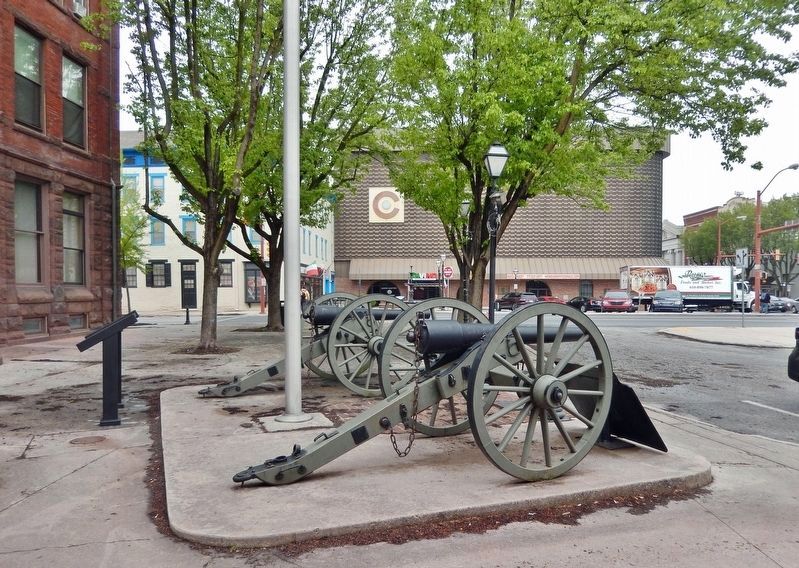Hanover in York County, Pennsylvania — The American Northeast (Mid-Atlantic)
High Noon in Hanover
A Heart of Hanover Trail Stop
Cannons Blast for Two Hours
After the Confederates' initial surge and taking of the square, on June 30, 1863, the Union's swift, steady onslaught pushed the gray tide back from Broadway to where they came, down Frederick Street before you.
Gen. H. Judson Kilpatrick then repositioned the brigades of newly appointed Gens. George A. Custer and Elon J. Farnsworth to form a defensive perimeter to protect the town's vital road junctions.
A chess match between Kilpatrick and Confederate Gen. J.E.B. Stuart played out throughout the late morning and afternoon as Kilpatrick brought ten cannons up to present-day Stock Street, Highland Avenue and Fourth Street on both sides of Carlisle Street.
To counter Union artillery power, Stuart directed six cannons into position southwest of town. These Confederate guns were positioned along the high points of a ridge extending from present-day South Hills Golf Course to Mount Olivet Cemetery.
Both sides exchanged cannon fire for up to two hours. During the shell fire, Custer's dismounted 6th Michigan Wolverines moved along the railroad tracks from present-day Pennsylvania Avenue to Forney Avenue to Good Field north of Frederick Street.
Then, turning left toward Frederick Street, Custer's men marched toward the Confederate left flank exchanging rifle fire with enemy skirmishers.
The Wolverines secured the Littlestown-Frederick Road for good. This crucial road led to the headquarters of Gen. George Gordon Meade, Commander of the Army of the Potomac, near Taneytown, Maryland.
Meanwhile, both sides continued to trade long-range cannon fire while provoking skirmishes and probing actions. Fighting subsided by mid afternoon.
Having lost the town and the junction of Westminster and Littlestown Roads, and without wanting a prolonged battle, Stuart began to disengage. Gen. Wade Hampton's brigade, Stuart's rear guard, departed after dark. They marched through the heart of York County to Carlisle, 20 miles from Gettysburg, searching in vain for Confederate infantry.
What is Artillery?
Artillery is a branch of an army that uses high-caliber guns to discharge missiles. Very few shells fired in Hanover were cannon balls — large, round projectiles. The great majority of artillery rounds fired here were rifled projectiles or shells — bullet-shaped shells much larger than bullets but smaller than cannon balls from rifled cannon.
During the afternoon artillery standoff, the experience of the Henry Winebrenner family was a somewhat unnerving one. While the family was taking shelter in the cellar, a shell fired from the southwest of Hanover tore through a balcony door on the second
floor of their Frederick Street home. The projectile then smashed part of a bureau, continued through the floor and ceiling, and struck a wall on the lower level of the house. This is a photo of that shell that can be viewed at the Hanover Area Historical Museum.
Erected 2022 by Main Street Hanover; and Heart of Hanover Trails.
Topics and series. This historical marker is listed in this topic list: War, US Civil. In addition, it is included in the Pennsylvania, Battle of Hanover Walking Tour series list. A significant historical date for this entry is June 30, 1863.
Location. 39° 48.004′ N, 76° 59.006′ W. Marker is in Hanover, Pennsylvania, in York County. Marker is at the intersection of Frederick Street (Pennsylvania Route 194/116) and Baltimore Street (Carlisle Street) (Pennsylvania Route 94), on the right when traveling east on Frederick Street. Marker is located beside the Civil War cannons on display at the southwest corner of the town square. Touch for map. Marker is at or near this postal address: 4 Center Square, Hanover PA 17331, United States of America. Touch for directions.
Other nearby markers. At least 8 other markers are within walking distance of this marker. Army of the Potomac (here, next to this marker); a different marker also named Army of the Potomac (here, next to this marker); Major General George Armstrong Custer (here, next to this marker); The Battle of Hanover
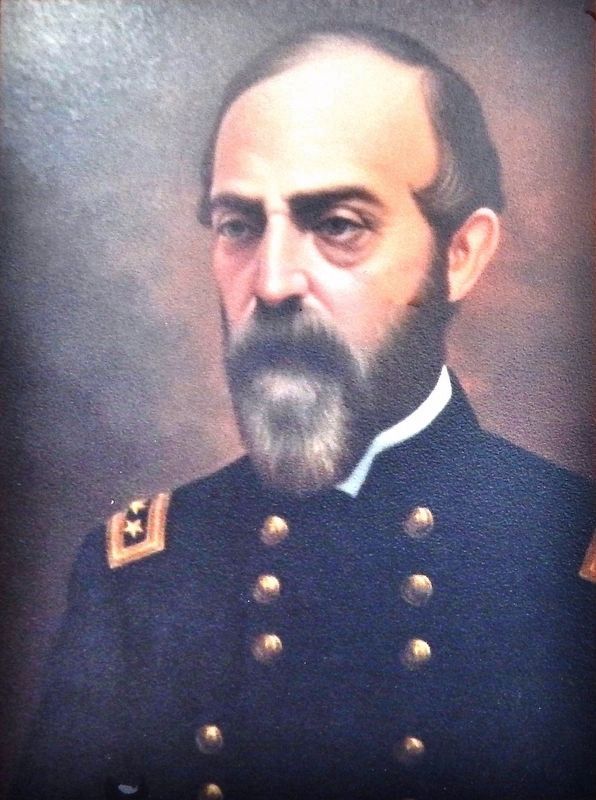
3. Marker detail: Gen. George Gordon Meade (1815-1872)
United States Army officer and civil engineer best known for decisively defeating Confederate Gen. Robert E. Lee at the Battle of Gettysburg. During the Battle of Hanover, Meade's headquarters were south of Littlestown towards Taneytown, Maryland.
Related markers. Click here for a list of markers that are related to this marker. Heart of Hanover Trail
Also see . . . Battle of Hanover.
Stuart did manage to get four cannons emplaced on an elevated field south of town. A two-hour artillery duel followed as Lieutenant Alexander Pennington’s 2nd and Lieutenant Samuel Elder’s 4th U.S. Artillery opened up from a rise known locally as Bunker Hill. There was some damage to the town; no civilians were injured, although a number of Union troopers were.(Submitted on May 4, 2022, by Cosmos Mariner of Cape Canaveral, Florida.)
Credits. This page was last revised on May 8, 2022. It was originally submitted on May 2, 2022, by Cosmos Mariner of Cape Canaveral, Florida. This page has been viewed 306 times since then and 23 times this year. Photos: 1. submitted on May 2, 2022, by Cosmos Mariner of Cape Canaveral, Florida. 2, 3, 4, 5, 6, 7. submitted on May 4, 2022, by Cosmos Mariner of Cape Canaveral, Florida.
